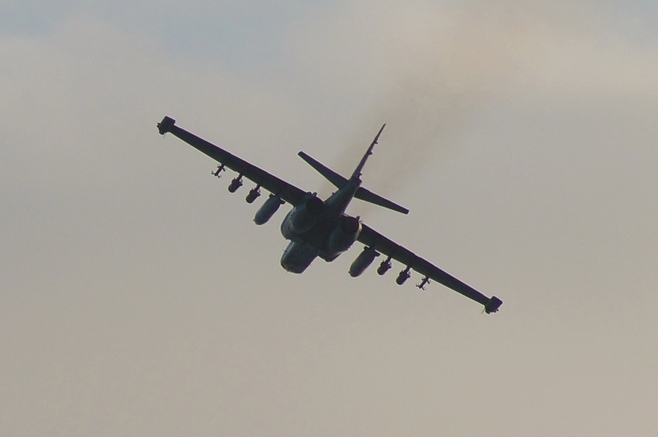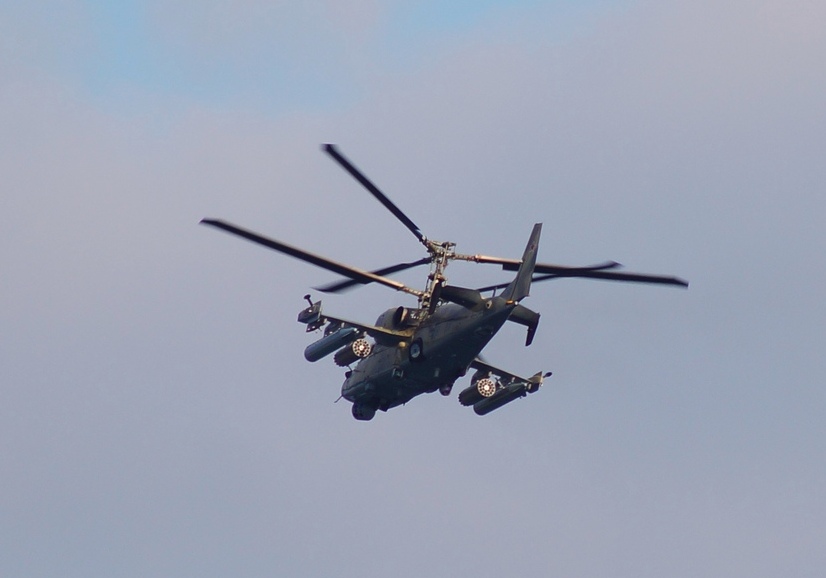Jura The idiot
General
the rest of
:
/arc-anglerfish-arc2-prod-mco.s3.amazonaws.com/public/G5PYLI7TLRGDVLJXTU7MSER7PI.jpg)
:
plus the picture:The U.S. and Ukraine were in “close discussion” for Washington to supply another tranche of for Kiev’s fight in eastern Ukraine, Ukrainian Foreign Minister Pavlo Klimkin reporters Nov. 18, a day after Klimko met with U.S. Secretary of State Mike Pompeo in Washington.
The Senate Foreign Relations Committee’s ranking member, Bob Menendez, D-N.J., in a statement on Monday urged Trump to commit to strong actions before the president meets with Putin at the G20 summit this week.
“Once again, the Kremlin has shown that it only respects a strong adversary that is willing to stand up to bullies,” Menendez said.
Menendez called for tougher sanctions, additional NATO exercises on the Black Sea and for the U.S. to send more security aid to Ukraine, “including lethal maritime equipment and weapons.”
Menendez also warned the president against a repeat of his display at the U.S.-Russia summit in July, where Trump embraced Putin’s assertion that Russia did not interfere in the 2016 U.S. presidential election, over the analysis of U.S. intelligence agencies and his national security advisers.
“At this precarious time, the U.S. cannot afford a weak performance by President Trump at the G20, like we saw in Helsinki. Mr. President this is your opportunity to finally show American leadership in defense of our principles and our close allies across Europe,” Menendez said.
Congress, Menendez added, should pass the bipartisan “Defending American Security from Kremlin Aggression Act,” sponsored earlier this year by Sen. Lindsey Graham, R-S.C. The bill adds measures to strengthen NATO and fight cybercrime, as well as new Russia sanctions on “persons that facilitate illicit and corrupt activities, directly or indirectly, on behalf of Vladimir Putin.”
In a tweet on Monday, the Republican co-chairman of the Senate Ukraine Caucus, Sen. Rob Portman, of Ohio, condemned Russia’s “unprovoked and unwarranted aggression” against the Ukrainian navy in the Azov Sea. He also called the blocking of the ships “an unlawful, hostile action” and said the U.S. "should join the international community in condemning it.”
Portman credited the administration for authorizing the use of lethal aid and facilitating the transfer of two excess Coast Guard patrol boats to the Ukrainian navy.
“That being said, we can, and should look to do more for the Ukrainians with both lethal and non-lethal aid,” Portman said in a separate statement on Monday. "We need to help the Ukrainian people to not only build their military capabilities, but also strengthen their democratic institutions. I will continue to take every opportunity to find ways to help Ukraine — legislatively and otherwise. They are a valued ally who need and deserve our continued support.”
The ranking member of the House Armed Services Committee’s sea power subpanel, Rep. Joe Courtney, D-Conn., called on the United Nations to “sanction this outrage.”
Courtney expressed support for the Ukrainian navy’s right to pass through the Kerch Strait, as governed by international law and bilateral agreements — “not arbitrary Russian diktats ‘closing’ access to Ukrainian territorial waters.”
/arc-anglerfish-arc2-prod-mco.s3.amazonaws.com/public/G5PYLI7TLRGDVLJXTU7MSER7PI.jpg)
Three Ukrainian ships are seen as they docked after been seized Nov. 25, 2018, in Kerch, Crimea. (AP)


